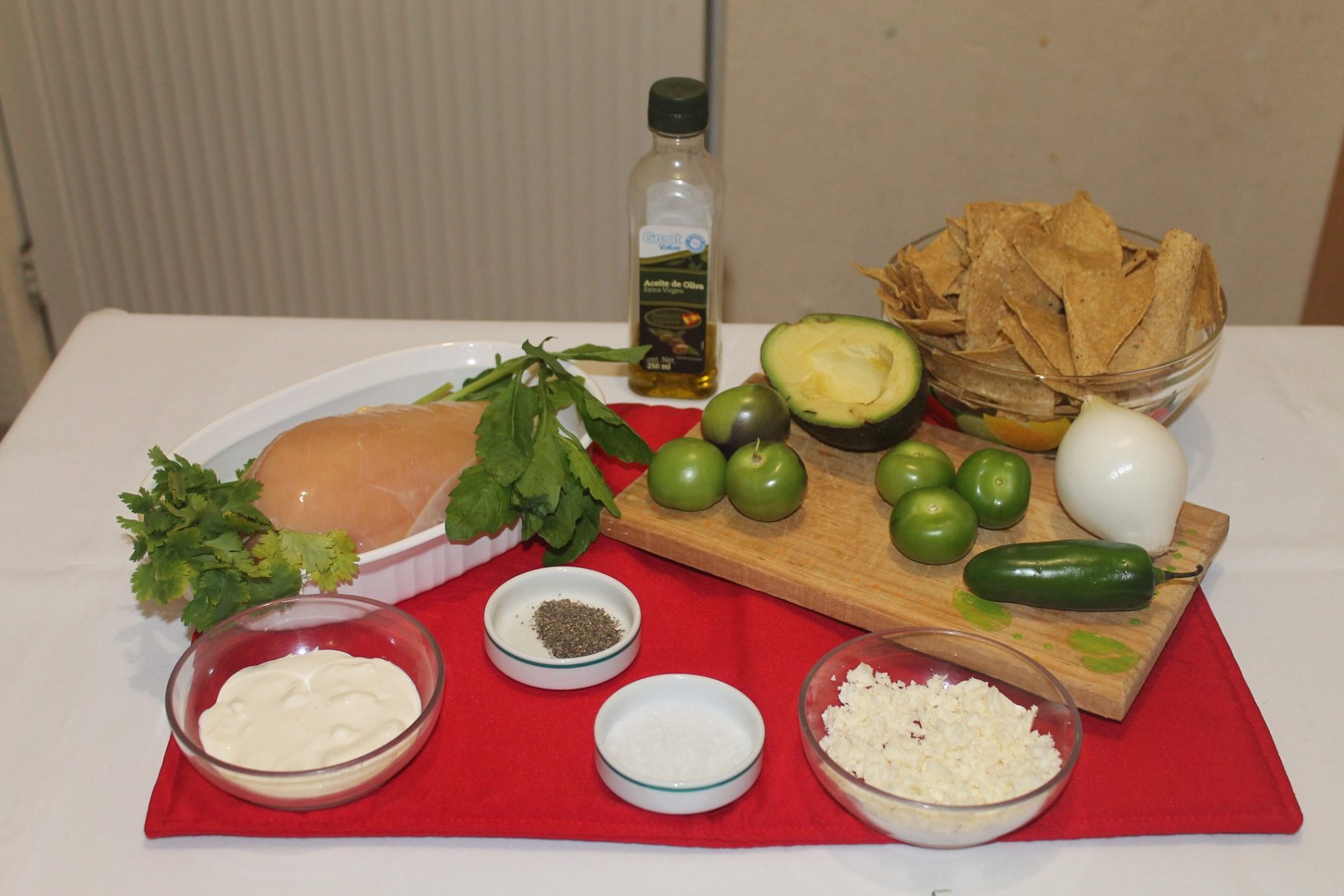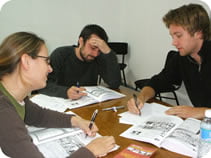Intermediate Spanish Listening Practice – Describing how things taste or smell
In this Spanish lesson we are going to practice describing how things taste or smell in Spanish. As usual, first we will review some relevant grammar and vocabulary and then see if you can follow a short listening.
This lesson is part of a Spanish course that practices the grammar and vocabulary first introduced in my Intermediate Spanish course posted here on the Transparent Language blog. Let’s test your listening comprehension and see if you can understand a short audio in Spanish. The transcript to the audio will be given at the end of the post but please try not to look at it until you have tried playing and understanding the audio a few times.
Use the following link to watch the corresponding video lesson of the original course:
Intermediate Spanish Lesson – Describing how things taste or smell in Spanish
Now play the audio to listen a conversation between between two friends. Can you understand what they are saying? Play the audio a few times before you look at the transcript. Don’t worry if you don’t understand every single thing the two people are saying. Try to catch whichever words you can and then try to piece things together to work out what is being said.
(Play the audio a few times before you scroll down and look at the transcript)
Transcript:
Patricia: Mmmm ¡Huele fenomenal! ¿Qué estás cocinando?
John: Estoy haciendo un curry. Me encanta la comida india.
Patricia: Pues huele que alimenta.
John: ¿Quieres quedarte a cenar? Tengo comida de sobra.
Patricia: Mmmm creo que no, gracias. El curry huele muy bien pero no me gusta cómo sabe. Es demasiado picante.
John: Por eso no te preocupes. A mí tampoco me gusta el picante. Este curry no sabe picante.
Patricia:¿Seguro?
John: Sí, sí, seguro.
Patricia: Un momento. ¿Qué es ese olor? ¡Huele a rayos!
John: ¡Oh no! ¡Se me ha quemado el curry!
Patricia: Eso te pasa por hablar tanto. Te has distraído. No se puede hablar y cocinar al mismo tiempo.
John: ¡Pero si eres tú la que me has distraído!
Patricia: ¿Yo? No digas tonterías John. Venga, vamos a cenar a fuera.
John: Vale…
So, how did you get on? How much did you understand of the listening? Please let me know in the comments section below…
Don’t worry if you didn’t understand that much, keep reviewing the vocabulary and phrases and you will soon be up to speed and ready for the next lesson in this course. See you next time!
Posteado en Spanish Articles (Facebook)




